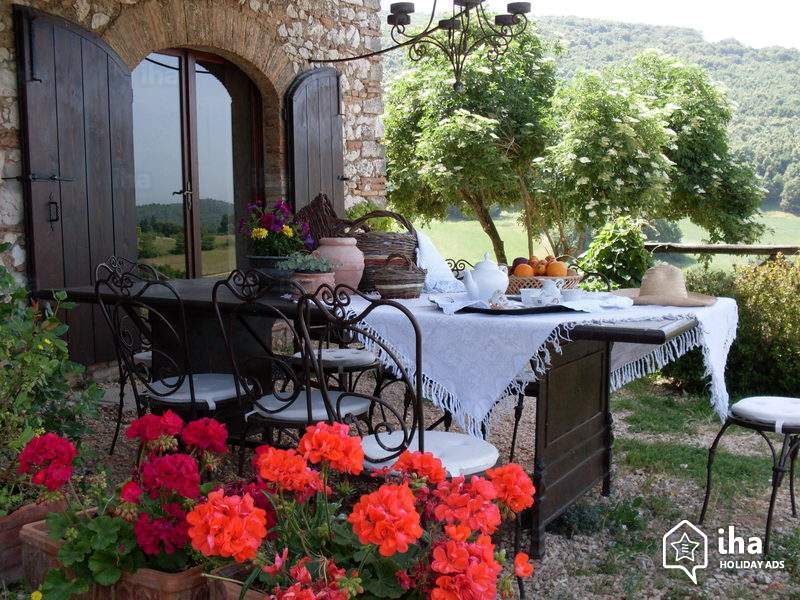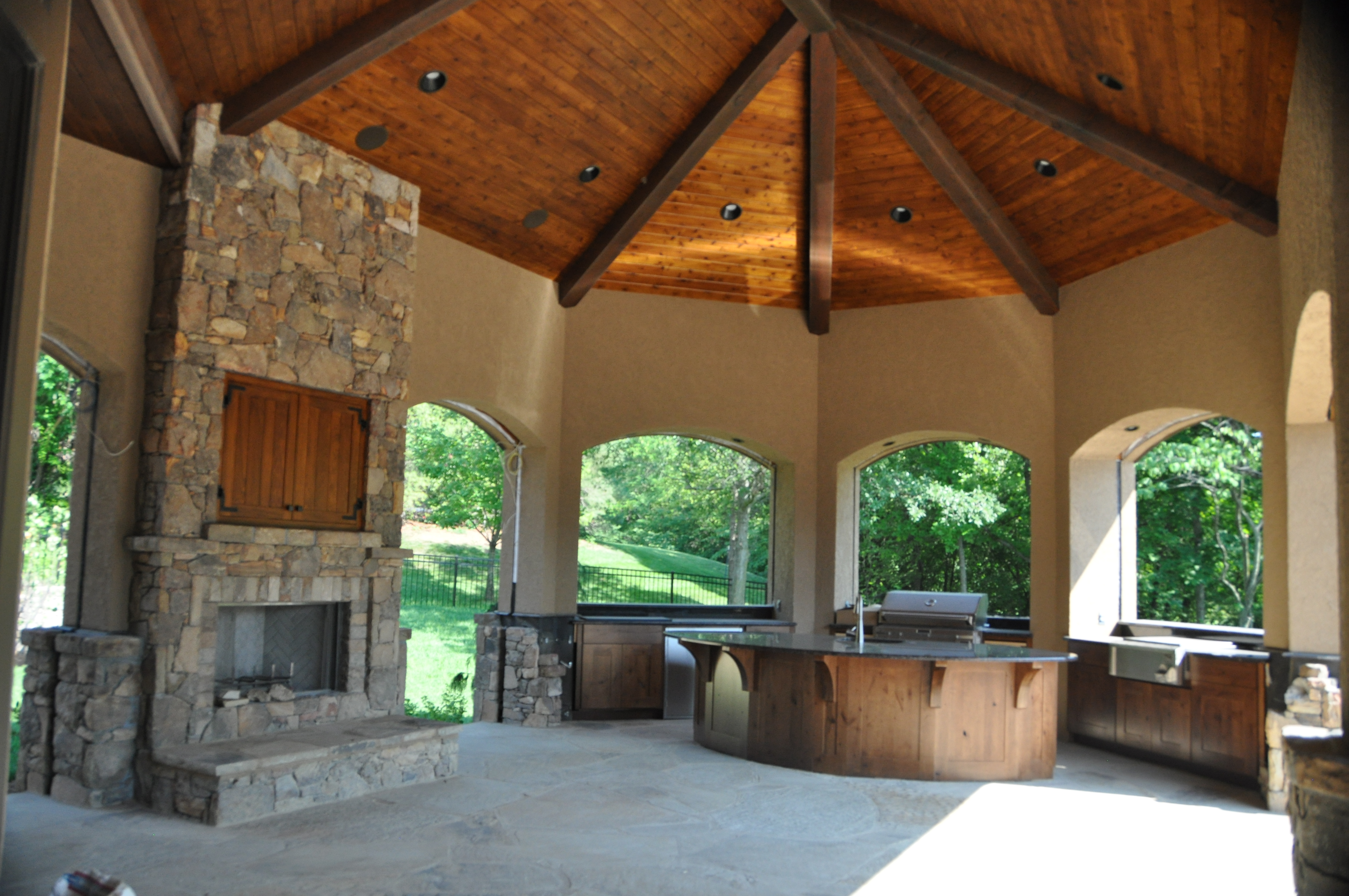Every year, the National Association of Landscape Professionals (NALP) and other groups publish a list of the top landscaping trends of the year. For the past few years, adding an outdoor kitchen to the landscape has been one of the top ten trends; this year was no exception. By combining an outdoor kitchen with a pergola, according to NALP, the pairing can create an “iconic … outdoor sanctuary.” Tonight we examine the benefits of adding an outdoor kitchen to your landscape. Tomorrow and Friday our series continues with planning and design basics. (This series first published in 2018.)
It was a perfect spring day here today — the kind of day that makes you want to spend all day outdoors luxuriating in the warm sun and soft breezes. Knowing that I should be inside cleaning the kitchen or vacuuming floors, instead I made myself a sandwich, grabbed a book I’ve been wanting to start and sat on the deck eating a leisurely lunch. I’m not sure what it is, but there is something about eating outside that makes food more enjoyable to me. I seem to take more time to relax and savor the tastes and textures of each dish instead of vacantly wolfing down a meal. It becomes dining instead of just eating.
The past four or five years I have occasionally thought about having an outdoor kitchen installed, but have always stopped short of doing anything. I told myself that an outdoor kitchen was an unnecessary extravagance that wouldn’t make a real difference in my lifestyle; food could always be fixed indoors and then carried outdoors and eaten. I have to admit that after today, I am changing my mind. I can see that having an outdoor kitchen could help create a healthy lifestyle that is much more focused on spending time outdoors relaxing and spending time with people I enjoy.
Although Americans began their current love affair with outdoor grilling and dining in the 1950s with the advent of the gas grill, records of barbecuing events been found in the West Indies as early as the 1600s. In our own country, barbecuing became popular in the southeast as colonial settlers arrived. George Washington writes of attending six barbecues in the late 1760s and even hosting his own event a few years later. A host of other presidents, including Thomas Jefferson, James Madison and even Abraham Lincoln enjoyed both the food and social interaction of outdoor dining events. (Eisenhower is pictured below, barbecuing at the White House.)
It was the late 1990s though, when the outdoor kitchen became a design reality. At the time, the idea of a complete outdoor kitchen was synonymous with glamour and wealth, completely outside the reach of the “average” homeowner. Today, adding an outdoor kitchen is not only an affordable option, but actually gives a multitude of benefits to the homeowner.
- Looking at a purely economic aspects, installing an outdoor kitchen and dining space adds real value to your home. The National Association of Realtors contends that such an upgrade can add up to 26% to the value of the home. It can also swing a buyer towards your home instead of a property without the upgrade.
- Because of the convenience and appeal of an outdoor kitchen area, people tend to save money by eating at home rather than going out to eat. Meals prepared at home tend to be healthier and can help eliminate highly processed or fried foods. (For an extra boost, season your dishes with herbs that you grow in your own garden!)
- Adding an outdoor kitchen/dining space can increase the usable living space in your home without adding a costly addition. Currently, homeowners spend around $42,000 to build an addition or add some additional space. Depending on the scope of the project, the cost of an outdoor kitchen and living area can range from a few thousand dollars for a basic unit to $30,000 or more for a fully equipped, covered space.
- Having a second kitchen available can increase the options for types of food preparation, allowing you to attempt recipes you might not otherwise. An outdoor kitchen of course includes a grill or a smoker, but it can also be designed to include appliances like deep fryers and pizza ovens. Some units are even have griddles for sauteing and grates for boiling foods. (Steak and lobster anyone?)
- Have you ever noticed that one of two things usually happens when you entertain? Either everyone crowds together elbow to elbow in the kitchen getting hotter and more uncomfortable as the night goes on, or the alternative is that there is absolutely no one but the cook is in the kitchen. The party is elsewhere. An outdoor kitchen can eliminate both scenarios. The party, cook included, can still congregate in the welcoming comfort of a kitchen, but with the added advantage of being able to relax and enjoy nature at the same time.
- Families with young children often find meal time stressful. Little ones often seem to have meltdowns or need extra attention just as preparations for the evening meal begin. Balancing cooking and child care can be frustrating. Fixing meals in an outdoor kitchen means that the children can be outside playing in the fresh air and still be supervised.
- Finally, an outdoor kitchen and dining area provides a truly important personal benefit. We know that spending time outdoors revitalizes us physically, mentally and emotionally. Moving the sometimes mundane seeming routine of mealtime out of the four walls of a building into the openness of nature can move us towards a happier, healthier lifestyle.










